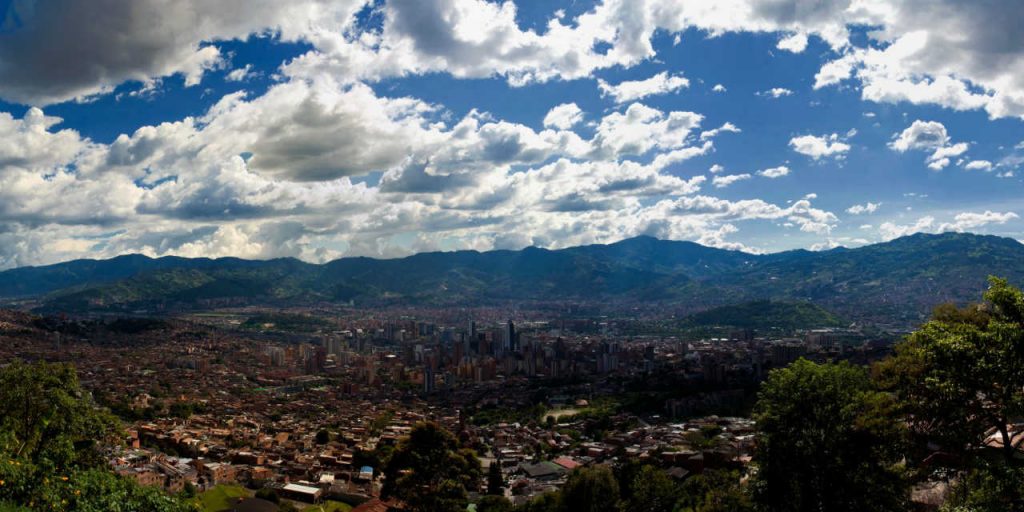Medellin, Colombia second largest city, in 2017 contributed 13.9% to the country’s gross domestic product (GDP) together with the surrounding Antioquia province.
The city was estimated to have a population of more than 2.5 million people in 2018. The metropolitan area — which included municipalities like Bello, Envigado and Itagui — is home to more than 4 million people.
Medellin’s socio-economic profile
Medellin’s GDP per sector
Reliable data on Medellin’s GDP and the sectors that are active in the economy do not exist, because statistics agency DANE only analyzes municipal economic activity in Bogota.
The city’s economy is intimately tied to that of the surrounding Antioquia province, which is analyzed by the national government’s statisticians.
Medellin’s business environment
Medellin is widely recognized for their entrepreneurial spirit. However, only a small minority of the city’s registered businesses has a business worth more than $13,000 in 2017. The majority of businesses are considered “micro businesses” and almost half of Medellin’s businesses are not registered.
Medellin GDP growth
Medellin’s estimated economic growth has been similar to the national average.
Income per capita in Medellin
Medellin’s income per capita, the annual income of a household, is considerably higher than the average of the country’s 13 largest cities.
Medellin’s unemployment rate
Medellin’s 2017 unemployment rate was almost 11%, considerably higher than Colombia’s national average.
Medellin poverty rate
Medellin’s 2017 poverty rate was 13.4%, less than half of Colombia’s national average.
Medellin’s GINI coefficient
Medellin’s 2017 GINI coefficient, which measures the level of income inequality, dropped to a record low, in line with a national and regional trend.
Medellin’s stratified social classes
Colombia’s government uses social stratification to determine citizens’ rights to government subsidies on public utilities. The system, however, is criticized as its traditional class system allows employers and banks to discriminate based on social class.
Social stratification per neighborhood
The social stratification in Medellin is not linked to income, but determined by the neighborhood you live in. Residents in lower-ranked sectors receive a subsidy on public utilities while those living in the higher-ranked neighborhoods pay extra.
Quality of life in Medellin
Despite having introduced social stratification in the 1990s already, Medellin’s 2017 report on the quality of life registered hardly an impact of residents’ quality of life.


